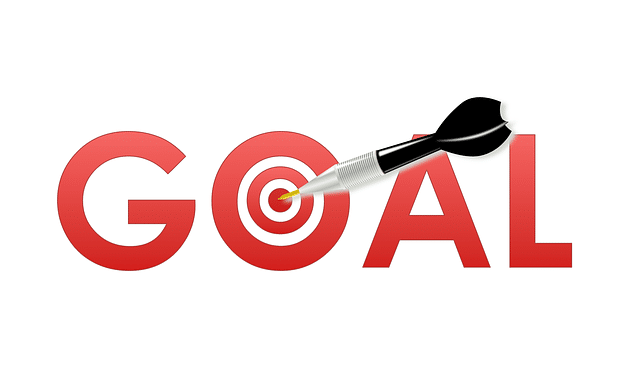5 Social Analytics Tips to Improve Your Campaigns
If you want to make your social media marketing as profitable as possible, you need to keep close track of essential metrics. Social analytics is often the difference between a successful campaign and wasting your time and money on ineffective marketing.
There are a variety of tools and services that can help you with analytics. However, what matters most is having a strategy and knowing which numbers to watch. Here are 5 social analytics tips to help you get more out of your campaigns.
Identify Your Social Analytics Objectives
Before you can identify the optimum metrics to track and the best social analytics tools for your needs, it’s important to identify your goals. Not all businesses or campaigns are alike. For example, if your primary objective is to increase brand awareness, it makes sense to pay close attention to data such as views, likes, shares and follows.

If you’re trying to drive more quality traffic to your website, click-throughs are your biggest concern. Your goals may not be the same for each campaign or for each social media site. Goals for your business can also change over time.
Which Social Media Channels Are Best For You
There are more and more choices when it comes to social media. It’s safe to say that every business should use Facebook as this site covers all demographics that are active online. Twitter is second in this regard even though some other sites actually have more users.
Beyond these two, however, you should identify the platforms that your audience uses most. Pinterest can be powerful for promoting physical products. Snapchat is a good choice if you’re focusing on Millennials and Gen Z. LinkedIn is a must if you do any type of B2B marketing.

To really understand which social media channels are most valuable to you, conduct your own testing. You can use social analytics tools to help you find out which sites are sending you the most traffic and which are best for leads and sales.
Google Analytics reports are useful for measuring which platforms, as well as individual posts, are responsible for the most leads.
Track Your Click-Through Rates
Click-throughs are one of the most important metrics of all for any type of social media campaign. After all, your objective isn’t to get views or even likes but to get people to actually visit your website or wherever you’re sending them.
Your CTR is a good measure of how effective your social media content is. It’s just as important to track CTR for your social media posts as it is for paid ads and website content.

Identify key factors in your social media posts and use A/B or split testing. There are a few ways to do this. You can measure your results on one site vs. another. If you find, for example, that you get a higher CTR on Facebook than other sites, you may decide to devote more of your resources to that platform.
You can also split test variables on a single platform. Certain topics might perform better than others. you can also test different types of content, such as text posts, images, infographics, and videos. There may be other variables as well, depending on which social site you’re using. On Twitter, for example, you can test hashtags.
When is the Best Times to Post
While everyone says that you need to post to social media sites consistently, there’s far less consensus about just how often to post. Furthermore, there are endless debates about the best time of day and day of the week to post.

As with most arguments about social analytics, the best solution is to do your own testing. The same answer is not going to be the same for every business. Free tools such as Facebook Insights can help you test your results for posting at different times.
It’s helpful to know when your followers are most likely to be online and engaged. If your audience lives in multiple time zones you also have to factor this into your calculations. This information helps with other types of marketing as well, such as sending emails and posting to your blog.
Knowing how often to post is a little trickier to test for. Many studies on this topic suggest that it’s fine to post often as long as you have fresh and relevant content. It also varies from one platform to the next. It makes sense to post the same content two or three times per day on Twitter because the timeline moves so fast. Doing this on Facebook, however, will more likely annoy your followers.

